Students will create a painting with atmospheric perspective and blown trees in the foreground. Recommended for 4th Graders.
Color: the visible range of reflected light. Hue: The pure color. If black or white is added to the hue, it changes its ‘value’ or darkness/lightness.
Space: a two-dimensional (flat/height and width) area enclosed by a line. Real space contains three dimensions: height, width and depth. An illusion of depth can be created in two-dimensional art formats, using certain techniques.
Value: (Hue/Shade/Tint): Color (Hue) and variations of the color. Shades are color+black, tints are color+white. Muted colors have gray added.
Movement: How the artist makes the viewer’s eye move around the composition. In this lesson, the viewer’s eye is moved into the ‘distance.’
Atmospheric Perspective: the way things look differently if they are further away: in the foreground, colors are warmer and more intense and darker, crisper shades; in the distance, the details disappear, colors appear cooler and less intense, and values lighten and fade.
Background, Middle Ground & Foreground: Within the picture plane, objects that are closest are in the foreground, farthest from the horizon line. Objects that are farthest are in the background, closest to the horizon line. Middle ground is somewhere in between the 2.
Craftsmanship: a way of working that includes following directions, demonstrates neatness and the proper use of tools.
Gradation: a gradual changing from one color hue, or shade, or texture to another. Space, distance, atmosphere, and curved or rounded ‘forms’ are some of the visual effects created with gradation.
Horizon Line: A horizontal line where the land (or sea) ’meets’ the sky. It is the most distant spot we can see.
Linear Perspective: a technique to simulate depth in a 2-dimensional picture plane. Objects that appear to recede get smaller, nearer the horizon, and are overlapped.
Overlapping: A technique to create depth in a 2-dimensional image. When shapes overlap, the partially obscured one appears to move back into the distance.
Albert Bierstadt was born in 1830 in Germany. His family moved to America when he was 2 years old. He moved back to Germany when he was 23 to study painting. He studied there for four years but then returned to America. He is part of the Hudson River School and loved painting landscapes. One of his landscape paintings, Valley of the Yosemite was on a postage stamp in 2008. He died in February 1902.

Hudson River School: not the name of a school but a group of landscape painters in the United States from 1825-1870. Paintings from the early years of this time usually portray the Hudson River Valley and surrounding areas. Later paintings depicted scenes from the west and were often the public’s first glimpse of those wild areas. The Hudson River school was strongly nationalistic with the grand portrayals of America’s landscape and also the artists wanted their own style. The Hudson River School helped shape the perception and culture of America and is sometimes called America’s first art movement.
How do landscapes appear in nature? (very different kinds, but always with a horizon line in the distance, change in lighting as we look towards it).
Have you seen the phenomenon where mountains in the distance appear to be a lighter tone? The atmosphere (clouds, mist, sun) is affecting the way the light hits objects so we see color differently.
Talk about linear perspective, how things appear closer to the horizon line, are overlapped, are smaller, less distinct and less crisp and detailed the farther in the distance they are.
Students will:
Day 1 This should take a bit less than an hour, unless you have them practice making trees on scrap paper. This could help make the 2nd part of the lesson become a pull out.

 The Rocky Mountains, Lander's Peak
The Rocky Mountains, Lander's Peak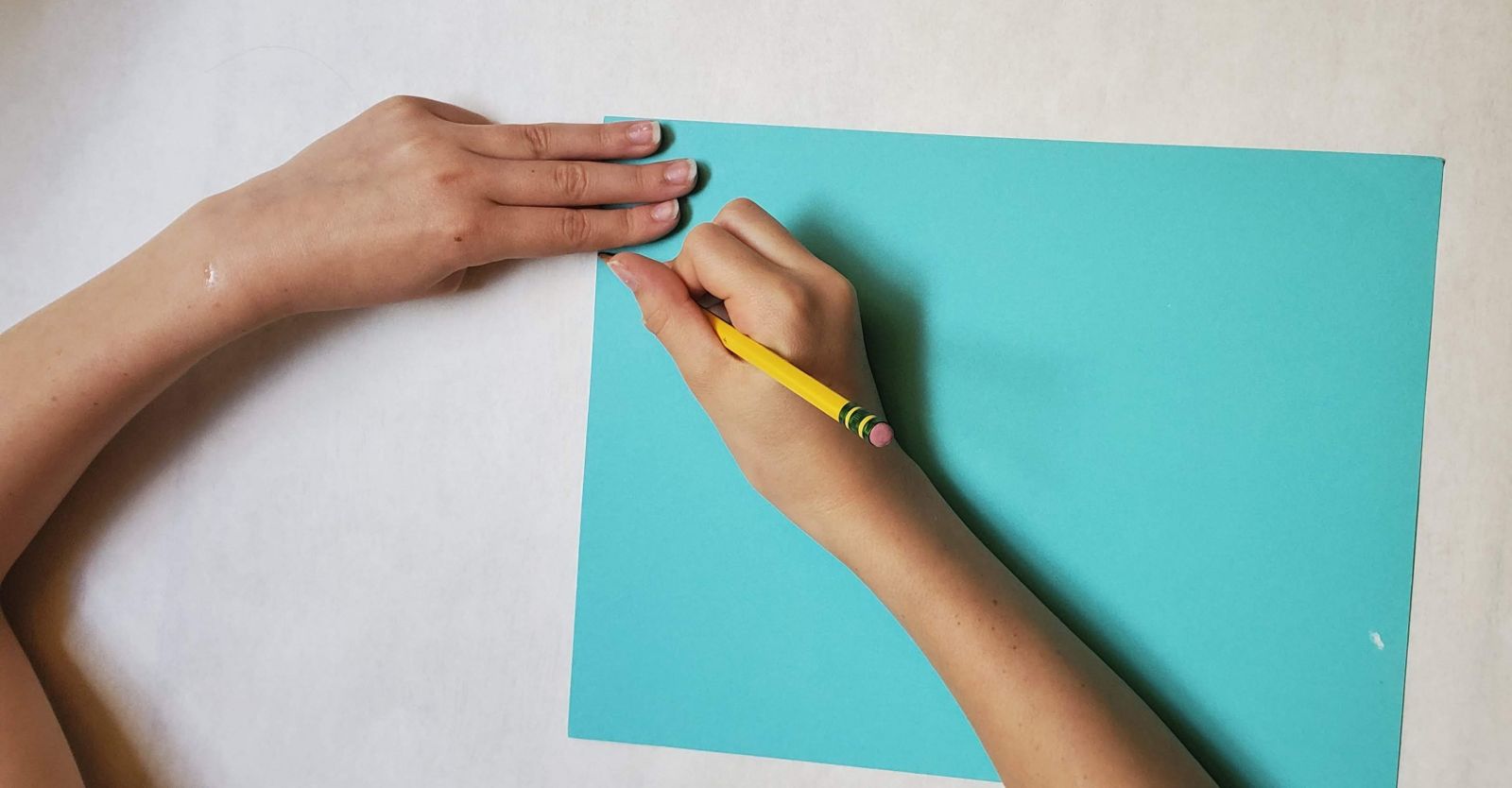


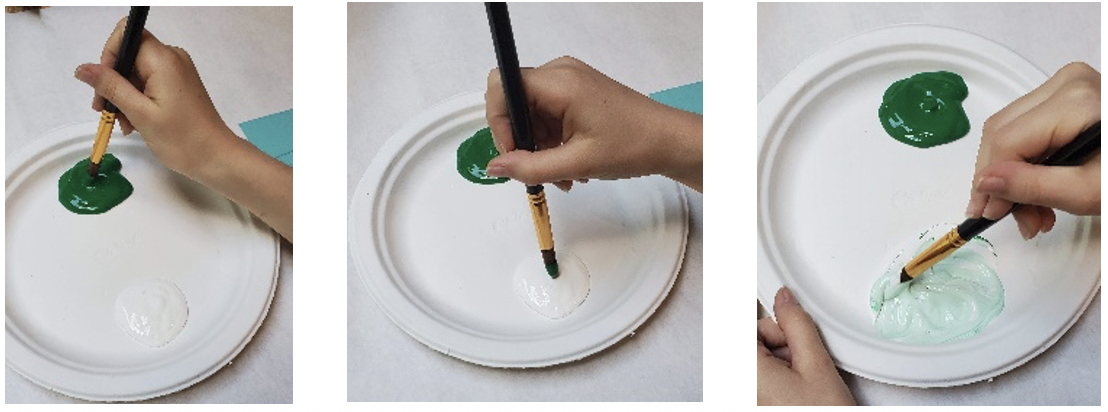
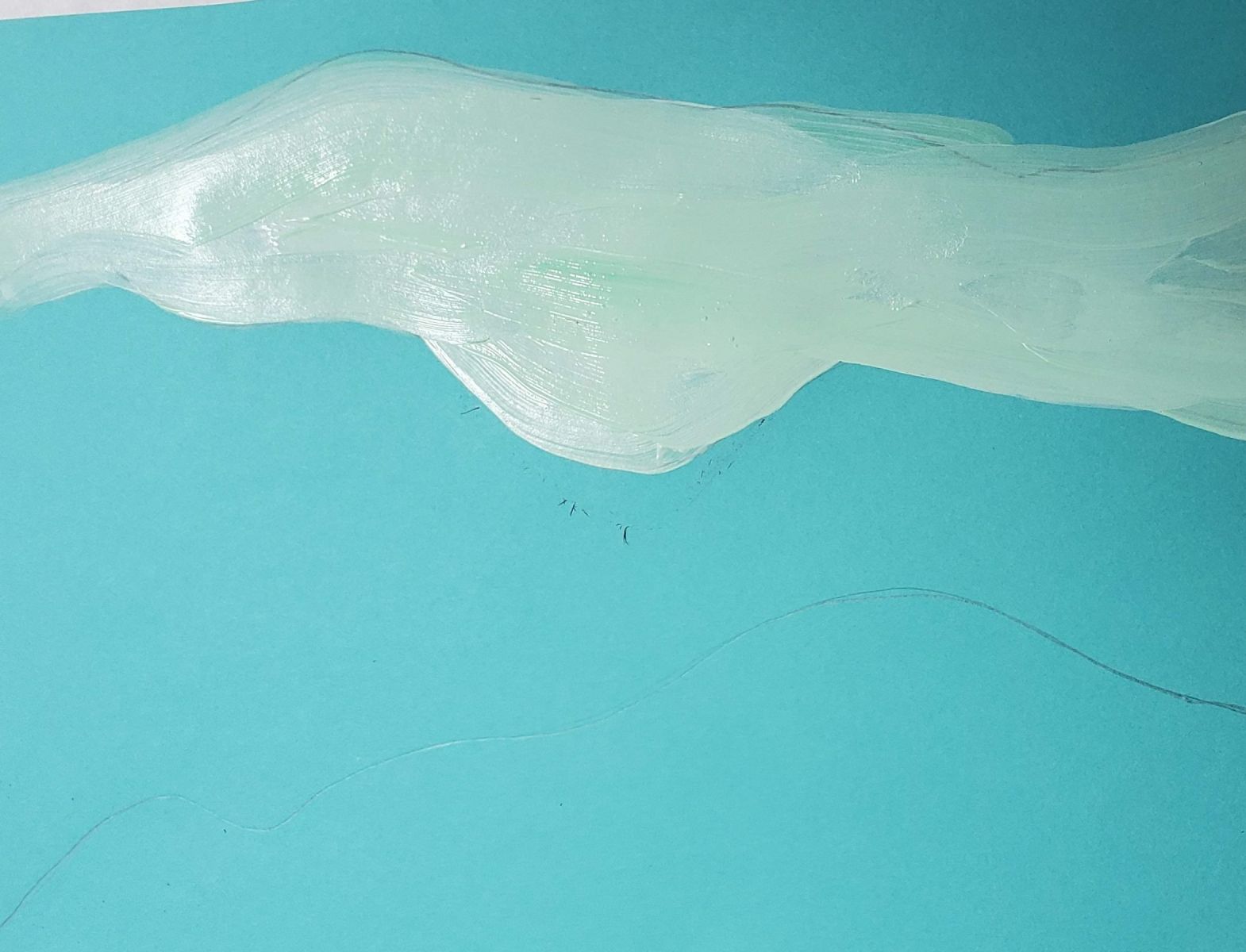
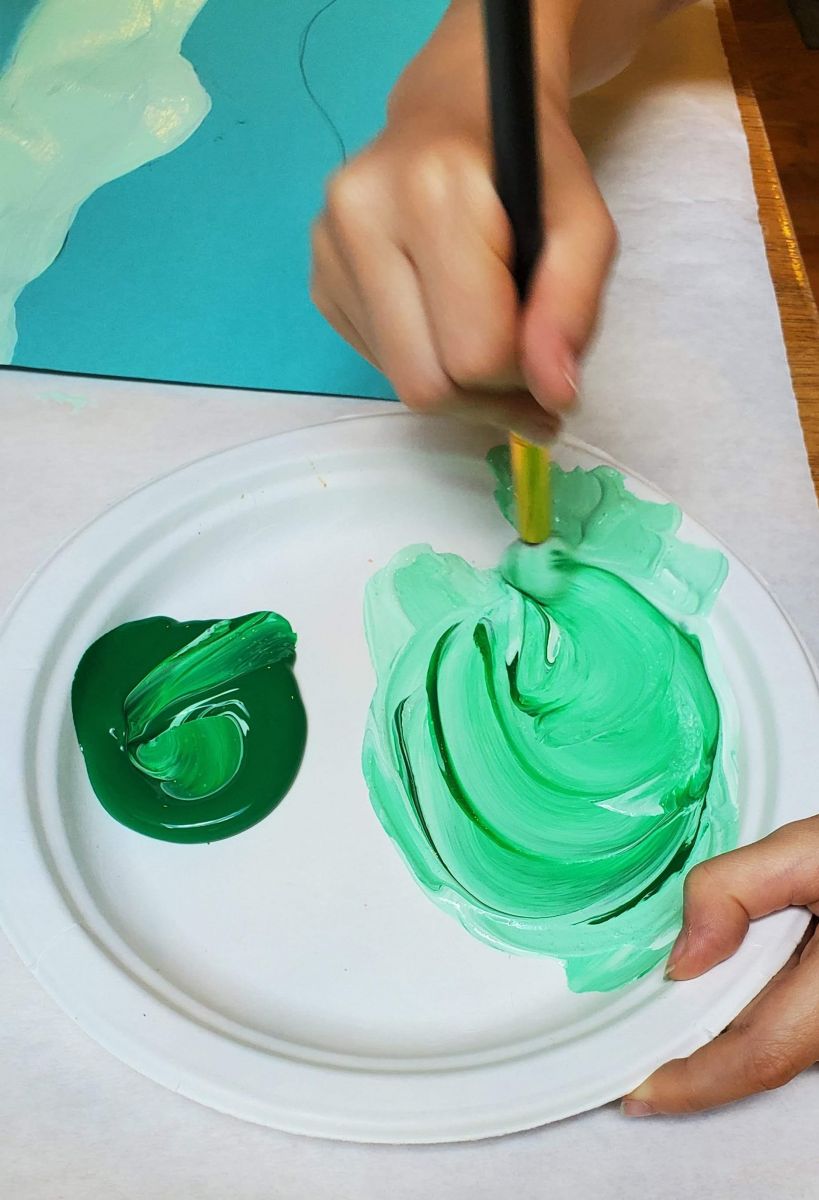
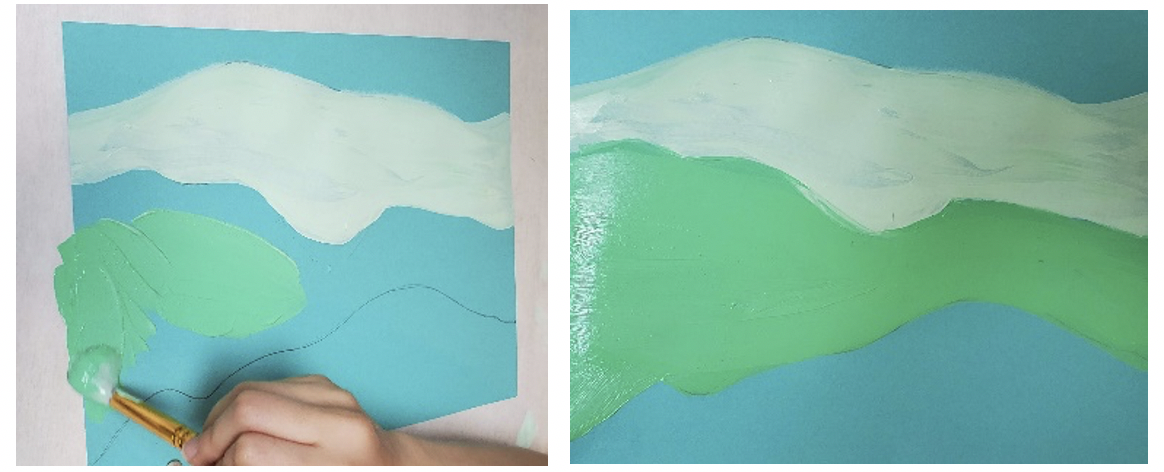
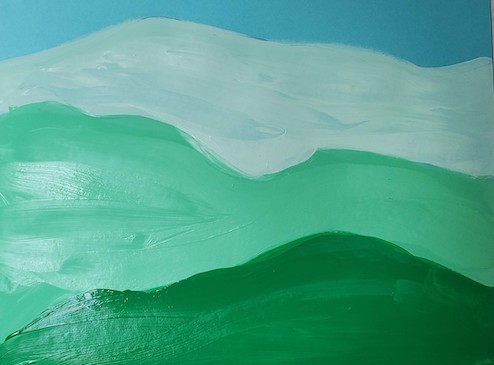
Day 2 (this should take less than 30 minutes).
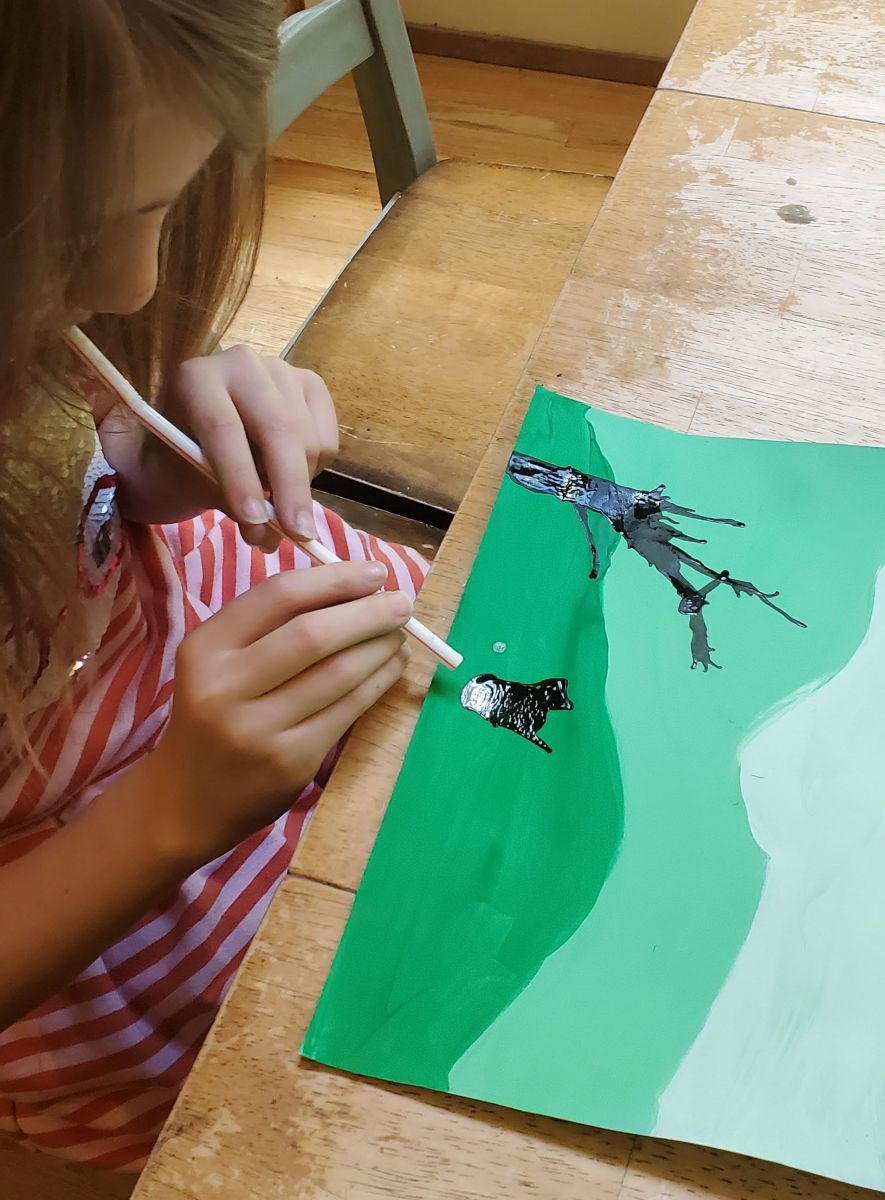
Lesson written by Rachelle Roberts. The Editors of Encyclopaedia Britannica. “Hudson River School.” Encyclopedia Britannica, Encyclopædia Britannica, Inc., 30 May 2018. Hey Kids, Meet Albert Bierstadt | Biography, Making Art Fun website.
Stewart, Jessica, and Viviva Colorsheets. “How the Hudson River School Became America's First Art Movement.” My Modern Met, 13 Sept. 2019. Wikimedia Commons, 18 Jan. 2014.
21st Century Thinking Skills
Thinking flexibly, persisting, questioning, creating, innovating, listening with empathy, taking responsible risks, observing, making connections, visualizing, sequencing, predicting, comparing/contrasting, determining main idea, finding evidence, problem solving, cause and effect, determining point of view, decision making.
WA State Learning Standards
(VA:Cr2.1.4) a. Explore and invent art-making techniques and approaches.
(VA:Cr2.2.4) a. When making works of art, utilize and care for materials, tools, and equipment in a manner that prevents danger to oneself and others.
(VA:Cr2.3.4) a. Document, describe, and represent regional constructed environments.
(VA:Cr3.1.4) a. Revise artwork in progress on the basis of insights gained through peer discussion. This happens if you share out about students’ choices of craftsmanship during the lesson.
(VA:Re7.2.4) a. Analyze components in visual imagery that convey messages. This happens when you explain how to create the illusion of depth in a 2-dimensional picture plane.
(VA:Re8.1.4) a. Interpret art by referring to contextual information and analyzing relevant subject matter, characteristics of form, and use of media.
(VA:Re9.1.4) a. Apply one set of criteria to evaluate more than one work of art.
(VA:Cn11.1.4) a. Through observation, infer information about time, place, and culture in which a work of art was created.
Please note: These lesson plans are intended for non-profit use only. Use of these plans for commercial purposes should give attribution to the Issaquah Schools Foundation and be accompanied by a nominal donation at www.isfdn.org/donate. Thank you.
Fueling Success for Every Student, Every School